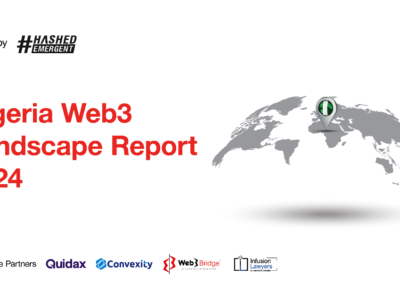Numerous African countries exceed global average with Kenya leading the continent with one in every 35 users involved in a fraud ring.
Research by Sumsub, a leading global verification platform with 1B+ identities database, shows an alarming surge of fraud networks across multiple regions. The company discovered the trend prior to launching its upgraded comprehensive Fraud Prevention Solution aimed to help businesses fight fraud networks and other rising threats, including account takeovers, chargeback fraud, bot attacks and more.
RELATED: Fighting fraud and financial crimes in the Generative AI age
According to Sumsub internal research*, every 100th user of a digital platform or service globally was a member of a fraud ring in 2023. Fraud networks, or fraud rings, are groups of individuals–operating globally or within the same location–who jointly participate in fraudulent activities, such as multi-accounting, money laundering, money muling, personal data breaches etc. They collaborate to take advantage of a digital platform like a crypto exchange, fintech app, dating service, or online casino.
Fraud networks are found not only in growing markets like Bangladesh (10.2% of all users), Thailand (6.6%) or Vietnam (3.7%), but also in developed countries such as Singapore (2.8%), Portugal (1.3%) and Spain (1%). More ‘leaders’ of fraud rings proportion among users include Oman (7.2%), China (4.6%), Hong Kong (2.9%), Kenya (2.8%), and Indonesia (2.2%). The U.S. and the UK had a much smaller instance of fraud rings, at just 0.2%, at the same level as the UAE.
In Africa, the overall regional fraud networks involvement ratio is 0.9%, with differences across countries. While Kenya shows the highest proportion – every 35th user there is in a fraud ring – many countries still exceed the global average: Benin (1.8%), Angola (1.7%), Uganda (1.6%), Ghana (1.3%), Nigeria (1.2%) and South Africa (1.1%). Several countries in the MEA region demonstrate relatively low rates of fraud networks, such as Egypt (0.4%), Algeria (0.2%), Ethiopia (0.6%), Morocco (0.5%) and Saudi Arabia (0.3%).
“We’ve detected fraud networks ranging from 3 to over 750 users. In one case, a group of several dozen crypto exchange applicants in Estonia raised suspicion by uploading identical Proof of Address documents from an unlicensed foreign bank. This revealed potential attempts to issue many crypto cards to the same address. This is just one case of how serial fraud operates, other instances include money muling schemes, tech support scams, ransomware and phishing attacks, and account takeovers,” comments Pavel Goldman-Kalaydin, Head of AI/ML at Sumsub.
Adding: “Fraud networks, however small they may seem right now, will gain prominence, just like AI-powered deepfakes. The damage of fraud rings is much more significant than that of individual scammers. Businesses must be prepared for this and protect their platforms in advance”.
To help companies counter these attacks, Sumsub revamped its anti-fraud technologies and launched a comprehensive Fraud Prevention Solution, a platform to safeguard any business from the ever-evolving landscape of illicit activities. With a unique database that identified and reported 2 million fraudsters over the years, Sumsub now provides an enhanced offering to businesses.
Using a multi-layered approach, the upgraded solution offers Detect & Act capabilities in one tab. As a KYC-fueled platform built on 1B+ identities and analyzing over 5,000 fraud attacks daily, Sumsub is now the only provider in the market allowing customers to combat fraud all throughout the customer lifecycle.
Sumsub’s new solution goes beyond traditional anti-fraud or KYC methods to ensure a fortified defense against a wide array of fraud, including account theft, romance scams, payment fraud, and much more. It also provides the ability to set action alerts to automatically trigger additional checks, to simplify the decision-making process and reduce false positives.
“Fraudsters are becoming more tech savvy, presenting a threat for digital services and their users,” explains Vyacheslav Zholudev, CTO and co-founder of Sumsub.
Adding: “Sumsub’s comprehensive solution for fraud prevention is based on machine learning algorithms detecting all possible fraud types at every stage of the user journey. To flag suspicious user activity, our system uses Identity Verification, Behavioural Intelligence, Device Fingerprinting, Fraud Risk Scoring, Deepfake Detection, Email and Phone Risk Assessment, and AI-based Event Monitoring. The solution now also applies Fraud Network Detection to stop serial fraud.”
The solution helps organizations of all sizes minimize fraud and money loss while building user and regulatory trust. Sumsub’s Fraud Prevention Solution is tailored to meet the unique needs of businesses across fintech, e-commerce, iGaming, online media, and marketplaces adapt to specific fraud challenges

































